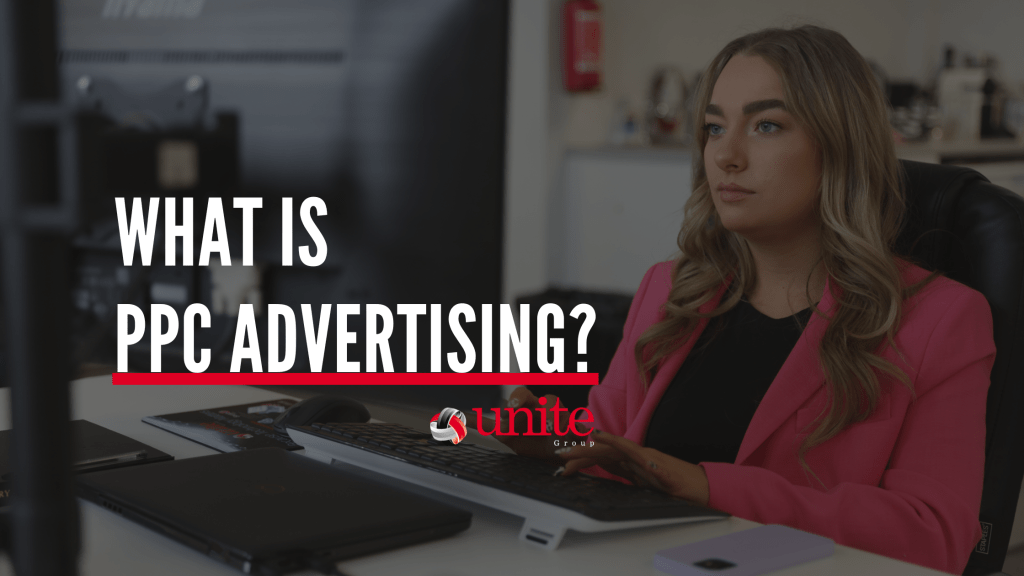
Introduction
PPC, or pay-per-click advertising, is a great way to reach customers online. It’s simple, easy, and highly effective, too. In this article, we’ll explain how PPC works and why you should include it in your marketing strategy.
PPC advertising is an internet-based form of marketing in which advertisers pay for each click received on their ad.
PPC advertising is an internet-based form of marketing in which advertisers pay for each click received on their ad. This type of advertising allows you to pay only when someone clicks on your ad. This can be beneficial because it helps control the amount spent on each click-through. You can choose the keyword that triggers your ad. As well as how much money to spend per click (the maximum bid). It also allows for greater control over targeting specific audiences with PPC ads. These types of ads are designed to be highly relevant and targeted.
PPC ads are designed to be highly relevant and targeted.
PPC ads are designed to be highly relevant and targeted. This means that you can select a specific audience for your ads. Which makes them more likely to be clicked on.
- Keywords – Your ad will appear when someone searches for keywords related to your business, product or service. For example, if you sell furniture online and have an ad campaign set up for “furniture,” then anyone who searches Google or Bing for that keyword will see your PPC ad displayed at the top of their search results page.
- Demographics – You can also target people based on demographics. Such as age, gender, and location by using demographic targeting options on Facebook Ads Manager or Google AdWords Editor. For example, if we wanted only men aged between 25-35 living in London who have shown interest in buying furniture before then we could create an audience like this.
With PPC ads, you choose your target audience and pay only when they click on your ad.
You can target your ads to a specific location, time of day, and even type of device. For example, if you want to reach as many people in London on smartphones as possible during rush hour or during the workday (when most people are at work) then this is the best way for you to do that!
You also have control over the amount that you spend on each click-through.
You can set a daily budget, maximum cost per click (CPC), and/or maximum cost per conversion (CPA). This means that your ad will only show up if it’s within those parameters. For example, if your CPC is £10 per click and there aren’t enough ads to meet that threshold for any given day or week, then no ads will run at all.
PPC advertising allows you to pay only when someone clicks on your ad, making it easier to measure ROI than other forms of online marketing, such as social media marketing or SEO.
PPC advertising allows you to pay only when someone clicks on your ad. Making it easier to measure ROI than other forms of online marketing, such as social media marketing or SEO.
When using PPC advertising, it’s important to keep track of all the information associated with each click: how much they are paying per click (also known as “cost per click”) and how many conversions they are getting from those clicks. You can also see how many people actually clicked on your ads. As well as, if any of them converted into customers by visiting the landing page that was advertised in their search results.
The pay-per-click model offers powerful tools to connect with the right audience at the right price
The pay-per-click (PPC) model offers powerful tools to connect with the right audience at the right price.
- You can choose your own keywords. This is important because they help you determine who is going to see your ads and how much they will pay for it.
- You can target a specific audience based on location, language, and other factors. This way, only people who are interested in what you have to offer will see your ad and click on it.
- You can control the amount of money spent per click. As well as set a budget cap for each day or month. This means that there isn’t any wasted spending if things don’t go according to plan–or if there’s an unexpected spike in sales!
Conclusion
PPC advertising is a great way to reach your audience and get results. It’s easy to set up, and offers powerful targeting tools. This can be used in conjunction with other online marketing strategies like social media or SEO. If you have any questions about PPC advertising or would like help setting up your first campaign, please contact us today!
Want to learn more?
Visit our digital marketing page to learn more about PPC. Or join us on Wednesday 24TH May 2 pm -3 pm for our ‘Introduction to Pay per Click Advertising’ webinar, click here to sign up!
